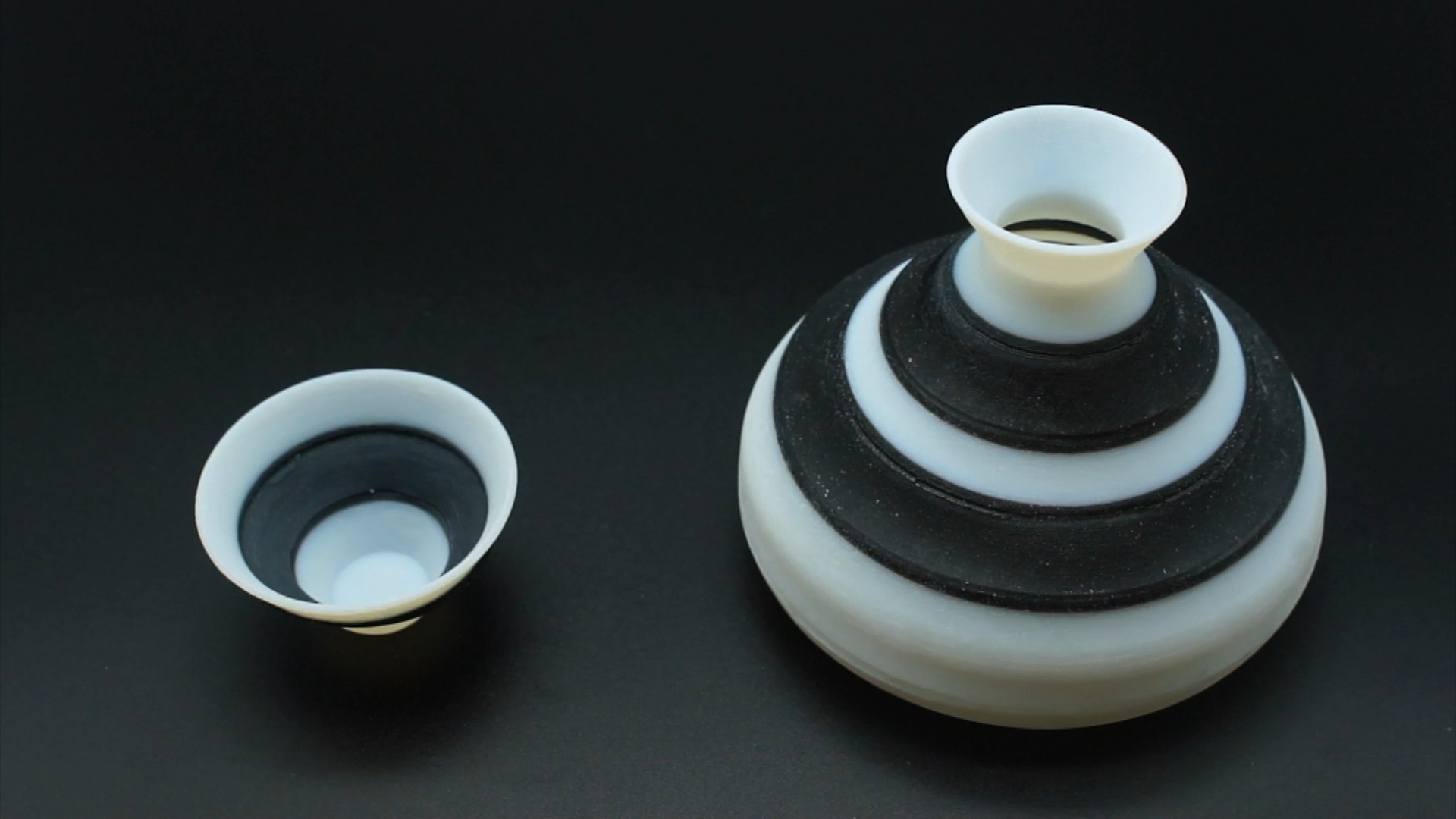
Pop-up Print
- Rapidly 3D Printing Mechanically Reversible Objects in the Folded State
Despite recent advancements in 3D printing technology, which allows users to rapidly produce 3D objects, printing tall and/or large objects still consumes more time and large amount of support material. In order to address these problems, we propose Pop-up Print, a method to 3D print an object in a compact “folded” state and then unfold it after printing to achieve the final artifact. Using this method, we can reduce the object’s print height and volume, which directly affects the printing time and support material consumption. In addition, thanks to the reversibility of folding/unfolding, we can reversibly minimize the printed object’s volume when unused for storage or transportation, and expand it only in use.
To achieve Pop-up Print, we first conducted an experiment using selected printed sample objects with several parameters, in order to determine suitable crease patterns that make both the unfolded and folded state mechanically stable. Based on this result, we developed an interactive design tool to convert 3D models – such as a Stanford Bunny or a Huffman’s cone – to the folded shape. Our design tool allows users to decide non-intuitive parameters that may affect the form’s mechanical stability, while maintaining both functional crease patterns and the object’s original form factor. Finally, we demonstrate the feasibility of our method through several examples of folded objects.
Selected Publication
Yuta Noma, Koya Narumi, Fuminori Okuya, and Yoshihiro Kawahara. 2020. Pop-up Print: Rapidly 3D Printing Mechanically Reversible Objects in the Folded State. Proceedings of the 33rd Annual ACM Symposium on User Interface Software and Technology. Association for Computing Machinery, New York, NY, USA, 58–70. DOI:https://doi.org/10.1145/3379337.3415853